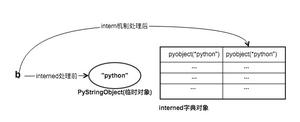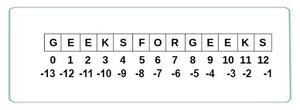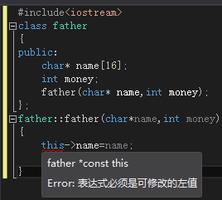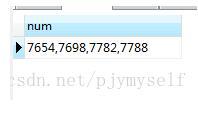Python中字符串的反向元音
假设我们有一个小写的字符串。我们的任务是反转字符串中存在的元音。因此,如果字符串为“ hello”,则元音反转后的字符串为“ holle”。对于字符串“ programming”,它将是“ prigrammong”
为了解决这个问题,我们将遵循以下步骤-
取弦并列出元音,并存储其索引
反转元音列表
设置idx:= 0
对于i:= 0到给定字符串的长度– 1
将元音[i]放入最终字符串
idx:= idx + 1
如果我在索引列表中-
否则将string [i]放入最终字符串
以字符串形式返回列表
示例
让我们看下面的实现以更好地理解-
class Solution:def reverseVowels(self, s):
chars = list(s)
index = []
vowels = []
for i in range(len(chars)):
if chars[i] in ['a','e','i','o','u']:
vowels.append(chars[i])
index.append(i)
vowels = vowels[::-1]
final = []
ind = 0
for i in range(len(chars)):
if i in index:
final.append(vowels[ind])
ind += 1
else:
final.append(chars[i])
str1 = ""
return str1.join(final)
ob1 = Solution()print(ob1.reverseVowels("hello"))
print(ob1.reverseVowels("programming"))
输入值
"hello""programming"
输出结果
holleprigrammong
以上是 Python中字符串的反向元音 的全部内容, 来源链接: utcz.com/z/341142.html








